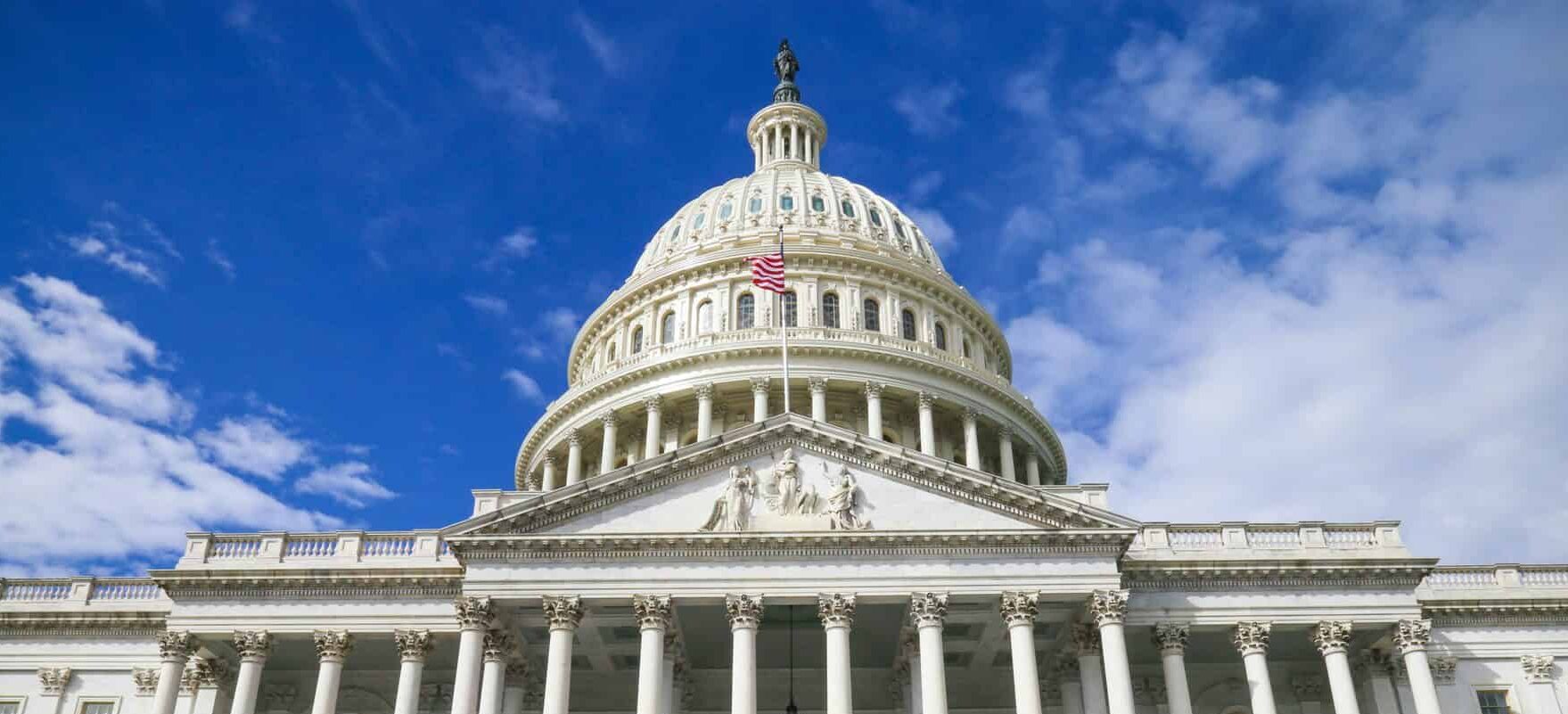PPP2 Eligibility – New Loans
Additional funding will be available for both first-time borrowers and businesses that previously received a PPP loan. The proposed bill allows new and old borrowers to obtain a PPP loan if they meet the requirements of an “eligible entity.” The eligibility requirements for applying for PPP2 include:
- 300 or fewer employees
- Used or will use the full amount of their first PPP loan
- Demonstrate a 25 percent gross revenue decline in any 2020 quarter compared with the same quarter in 2019
Certain first-time borrowers may also be eligible for businesses with up to 500 employees
PPP2 Loan Terms
- Maximum loan amounts are $2 million
- At least 60 percent must be spent on payroll
- As with the first round of PPP loan forgiveness, the costs eligible will include payroll, rent, covered mortgage interest, and utilities. However, the new relief package also makes the following expenses potentially forgivable:
- Covered worker protection and facility modification expenditures, including personal protective equipment, to comply with COVID-19 federal health and safety guidelines
- Expenditures to suppliers that are essential at the time of purchase to the recipient’s current operations
- Covered operating costs such as software and cloud computing services and accounting needs
Both original PPP loans and PPP2 loans will allow for the deductibility of expenses and exempt forgiveness status.


